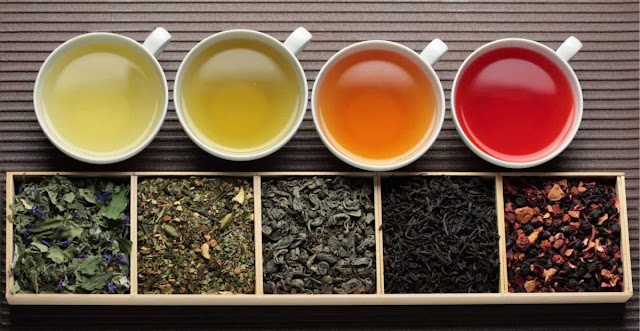Sri Lankan Cuisine
Sri Lankan cuisine is sure to please every type of foodie, including those who are vegetarians and/or love spicy foods!
In spite of its tiny size, Sri Lanka boasts an amazing variety of food and styles of cooking. The island has a rich heritage of indigenous dishes and its regional cooking is strongly individual and varied. For example, Kandyan Sinhalese cooking, with its emphasis on hill country vegetables and fruits; coastal cooking, making the best of the abundant seafood with which the land is blessed; Tamil cooking, closely linked to that of southern India, which is especially prevalent in Jaffna, in the north. Sri Lanka’s cuisine is hot and spicy, with lashings of rice and coconut milk, and plenty of tropical fruit to refresh the palate at the end of a meal.
Steamed or boiled, rice is Sri Lanka's staple diet and the perfect antidote to spicy cooking. Curry is eaten in small portions, meat, fish or vegetable, with extra spices, chillies and relishes added to taste. Sri Lanka claims over 15 varieties of rice, an amazing range of vegetables and delicious seafood, from tiger prawns, lobster and crab to mullet and amberjack.
Hoppers are almost a signature dish, once humble pancakes, now sought after by gourmets worldwide and a firm favourite in traditional Sri Lankan food. There are plain hoppers, egg hoppers, coconut milk hoppers, honey hoppers with palm treacle and string hoppers made from rice noodles and served with a little fish or chicken curry.
Coconut sambol also a popular side dish, a fiery relish of ground coconut, chillies, dried fish and lime juice, eaten with rice to stimulate appetite. Sambols can be made with various ingredients, bitter gourd, eggplant, bean sprouts, tomatoes, bananas or shrimps. Equally tasty and healthy is mallung, a blend of spices and chopped up greens, also used in ayurveda for their therapeutic properties.
Light or filling, Sri Lankan desserts are tempting. Among well loved puddings are wattalappam with coconut milk, jaggery, or unrefined sugar, cashew nuts, eggs and spices, and kiribath, a rice pudding served with a chilli relish on auspicious days, such as New Year or the first of the month. Buffalo curd with palm treacle is the ideal follow up to spicy food.Cakes and sweets abound but it’s hard to beat the juicy tropical fruit for which Sri Lanka is renowned. The strong smell of durian is not for everyone but there are cashew and wood apples, mangosteen, passion fruit, mango, pineapple, water melon, rambutan, bananas and a seemingly endless supply of coconuts.






No comments:
Post a Comment